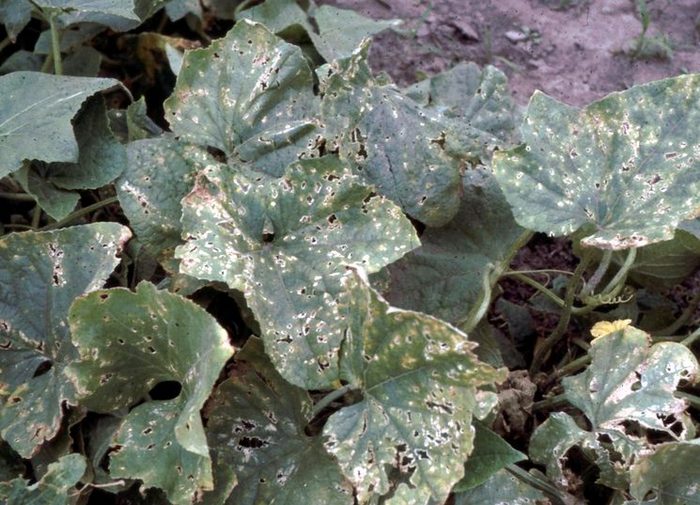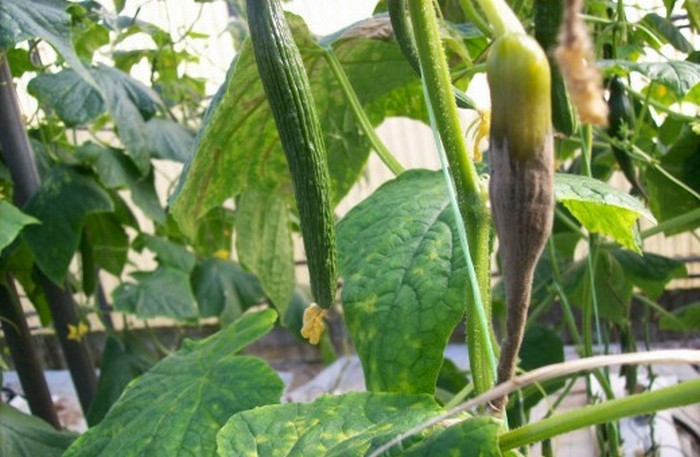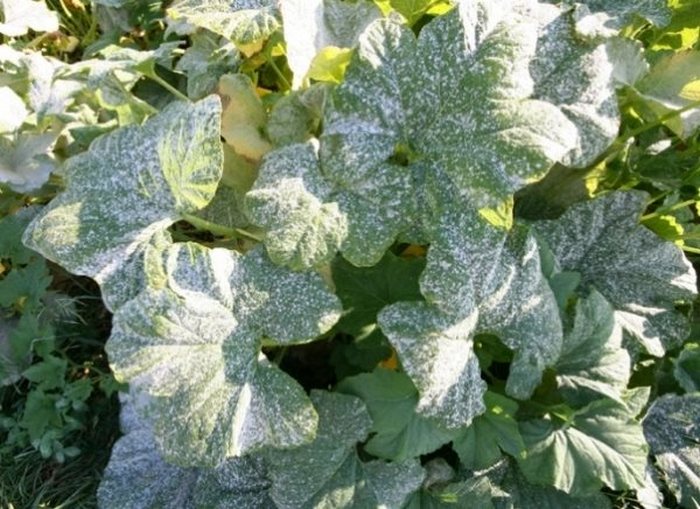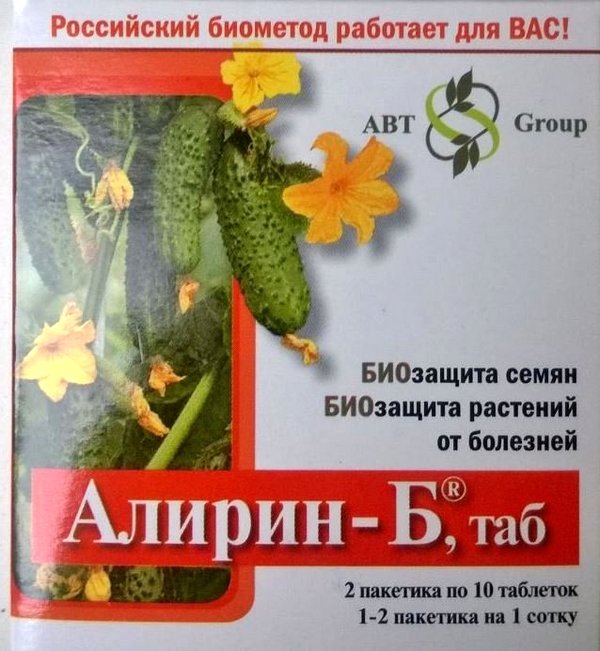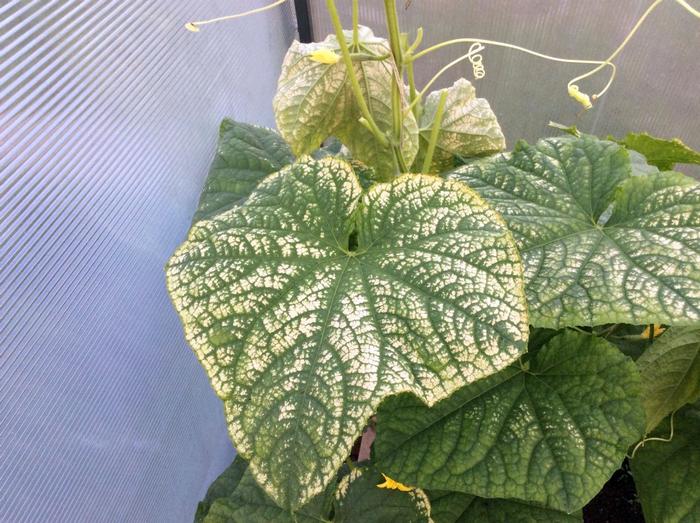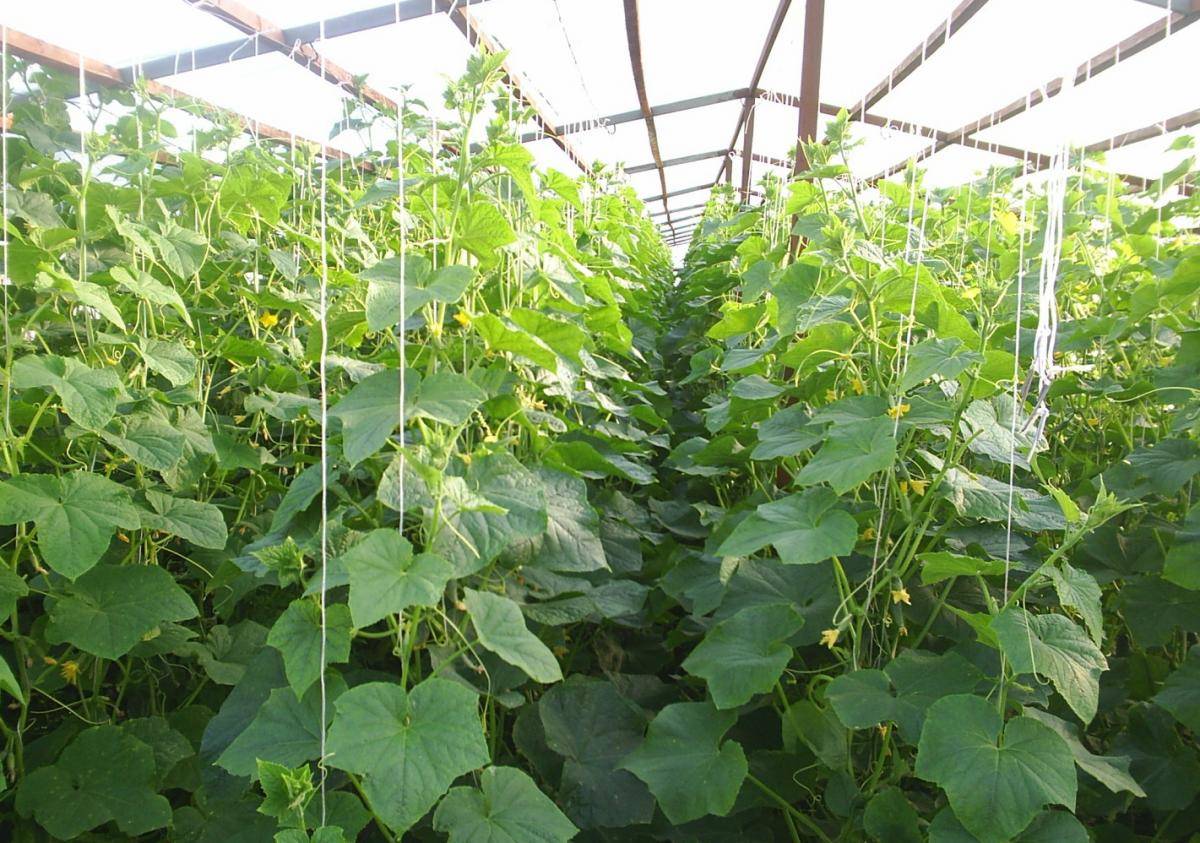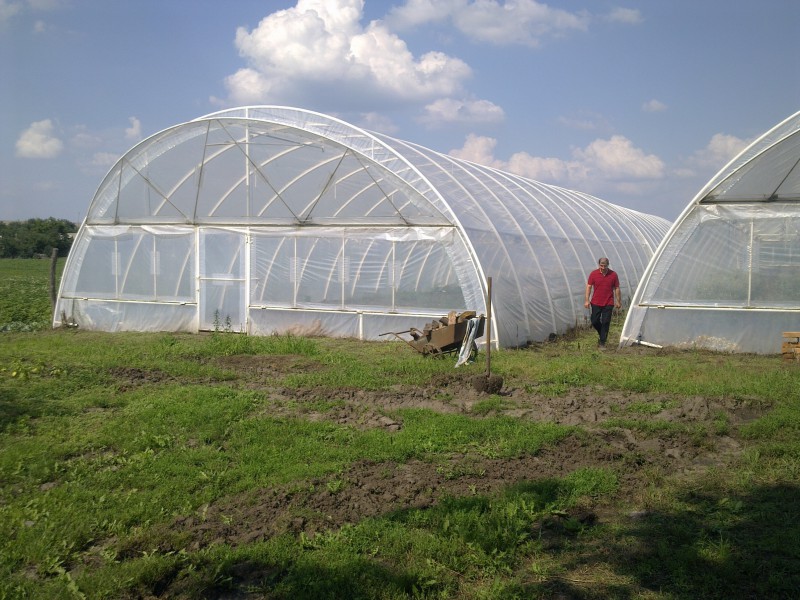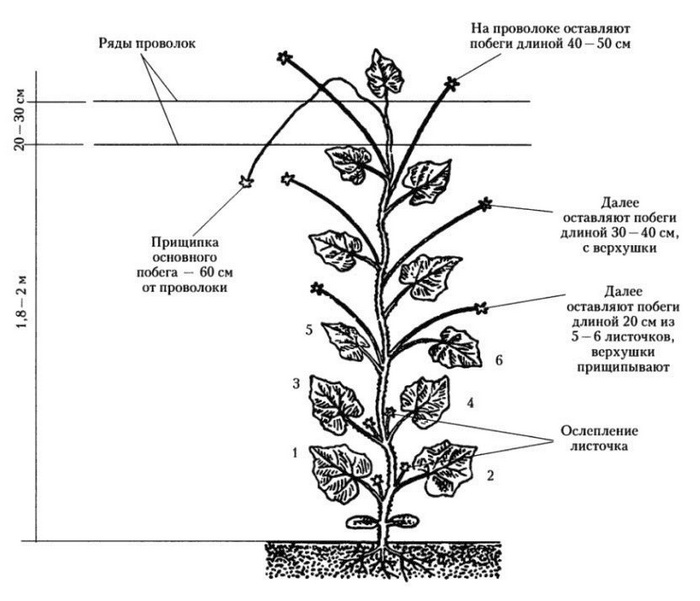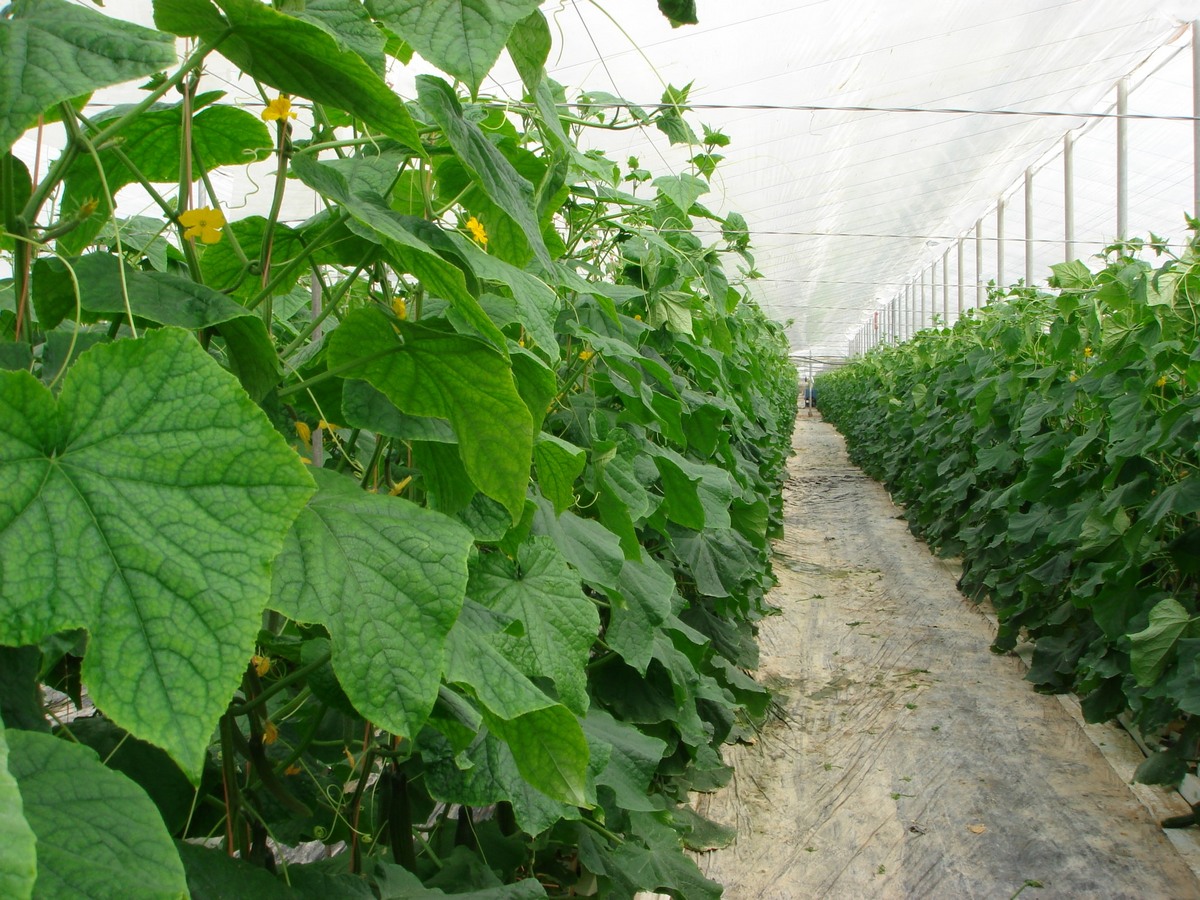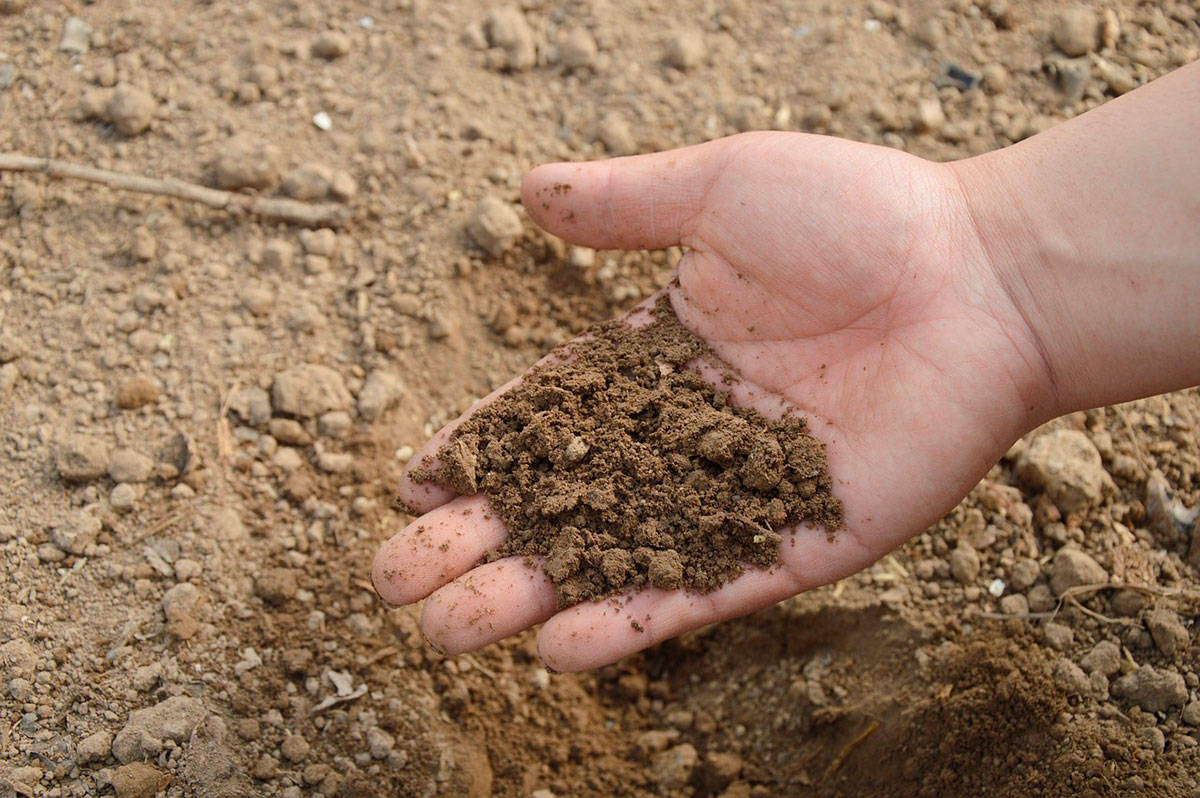Content:
This article will discuss the main diseases that can develop in cucumbers in greenhouses. It is believed that plants do not get sick in greenhouses, because in a closed room they are protected from the appearance of pathogenic microorganisms and "harmful" bugs, but this is not so. Often, pathogens and pest larvae enter greenhouses along with soil or organic fertilizers - manure, humus or compost.
The main signs of disease are a change in the color of foliage, its yellowing, deformation, the appearance of a white bloom, and premature fall. The color of the whips, the base of the shoots may also change. All these signs may indicate the onset of the disease in cucumber bushes.
Varieties of diseases of greenhouse cucumbers
The main conditions for growing cucumbers in greenhouse conditions are high air humidity and heat (the temperature should be about 23⸰С). However, such conditions are favorable for the development of pathogenic microorganisms. The main reasons why microbes begin to actively develop in greenhouses are:
- temperature change;
- bad light;
- lack of fertilizers in the soil.
The most common diseases that affect cucumbers in greenhouses are bacteriosis, fungal diseases, and rot.
In addition to diseases, pests can also settle in the greenhouse, the main ones are:
- Greenhouse whitefly Is a small flying insect that feeds on the cell sap of cucumber foliage. In a short period of time, this pest is able to drink all the juice from the foliage. Then a sooty fungus appears on the foliage, which interferes with the process of photosynthesis, this leads to the death of cucumber lashes.
- Aphids can also settle in a greenhouse. It can be transferred by ants, whose "dwellings" are often located in the soil of the greenhouse. These pests appear on the foliage of cucumbers by mid-July. This insect multiplies rapidly and is able to suck sap from plants almost around the clock. As a result, cucumber bushes weaken and become easy prey for viral infections. Such diseases are not cured, so diseased plants are simply destroyed. Aphids are usually found on the back of the lower tier of foliage. How to treat cucumbers from pests in a greenhouse - this will be discussed below.
- Spider mite appears on cucumbers in hot weather and settles on the reverse side of foliage. The main sign of its appearance is the braiding of foliage with a characteristic cobweb. This insect also feeds on the cell sap of the leaves, so the harm from its appearance becomes noticeable very quickly - the plant begins to wither, weaken, and may even fall.
Detailed description of diseases and their treatment
The main diseases of cucumbers in the greenhouse are fungal. Their symptoms are very similar, so it is not always possible to immediately establish which of them hit the bushes of the vegetable crop. Despite this, you need to fight fungi right away, you just need to know how to treat cucumbers for diseases in a greenhouse.
Below will be described the main diseases of cucumbers in the greenhouse and their treatment.
The main types of putrefactive diseases:
- White rot. It spreads especially quickly at high air humidity. Its main feature is the appearance of a white bloom on green plants and vegetative mass. The fungus that causes the disease softens the foliage, causing them to rot. At the first sign of this rot, the diseased parts of the lashes must be removed and destroyed.A healthy vegetative mass and fruits are left. Places of cuts are treated with charcoal powder (or lime). Spores of the fungus that may remain in the soil should be destroyed before the next season by disinfecting the soil.
- Gray rot. The main symptom is the appearance of large brown spots on the foliage. A smoky gray bloom appears on the greens. This rot appears due to waterlogging of the soil or a significant decrease in temperature. Fight this type of rot with special fungicides or Betaine. The places where the fungus appears are sprinkled with wood ash.
- Root rot. A brown bloom appears at the base of the stems, the shoots crack, the foliage turns yellow, the roots change. The main symptom of this type of rot is the general sluggish state of the lashes during the formation of ovaries and after harvest. For treatment, the plant should be treated with the following solution: copper oxychloride, wood ash or honey are mixed with water and the affected areas are coated with a brush.
- Black stem rot (ascochitis). Rounded spots appear on the foliage, at first their color is green, then it turns brown, and at the end of the spot they turn white. Plants begin to rot, changing their color. They can be treated with Bordeaux liquid, which should be sprayed on the stems and foliage. The affected areas are treated with a powder consisting of chalk and honey. A chemical agent effective against ascochitis is Vincit.
- Bacteriosis Its main signs are the appearance of spots or small brown ulcers on seedlings or adult cucumbers. If the treatment is not started on time, this vegetable will hurt, and maybe even die, then holes will appear in the foliage, and ulcers on the greens. In a dry and hot period, signs of bacteriosis on cucumbers may not be noticed. The causative agent of bacteriosis usually penetrates and lives in the seeds. Therefore, in order to prevent, before planting, the seeds are soaked in Bordeaux liquid. When symptoms of bacteriosis appear, it is necessary to treat this disease with the help of insecticides or fungicides (such as "Actellic" or "Bayleton").
When cucumbers are affected by fungi in greenhouse conditions, the following diseases can develop:
- Powdery mildew, which appears when the crop rotation regime is violated - if a cucumber crop is planted from year to year in one place. The main symptoms - a bloom of a characteristic white color appears on the upper part of the foliage, after the lesion, diseased leaves and stems begin to die, the yield of the vegetable crop decreases. Methods of treatment - treatment of plants with a solution of cow dung or spraying them with a 0.1% solution of potassium permanganate. Also effective in the treatment of powdery mildew Trichopolum, with a solution of which the whole plant is treated.
- Downy mildew (penosporosis). The main symptomatology is that at first a large number of small specks of light yellow color appear on the foliage, which are rapidly increasing. At first glance, there is a feeling that this is manifested by sunburns. Over time, the foliage acquires a brown color and begins to disappear. At the first suspicion of penosporosis, they stop making root dressing for cucumbers. And a week later, the zelents are treated with Topaz, and the whips should also be treated with the pesticidal substance Oxykh.
- Anthracnose usually manifests itself as follows - spots of yellow or brown color appear on the vegetative mass. Subsequently, in their place, tissue rupture occurs with the formation of cracks. If you do not start the fight against anthracnose in time, then the zelents will become infected - spots will appear on them, pressed into the body of the fetus. First, plants should be treated with a solution of colloidal sulfur, then - with a solution of copper sulfate (or Bordeaux liquid).
Prevention of diseases of greenhouse cucumbers
Vegetable growers who are thinking about how to protect cucumbers from diseases in the greenhouse should know: any disease is easier to prevent than to cure, so you need to start with their prevention.
What should be done to save vegetables in greenhouse conditions from diseases and pests?
First of all, you need to carefully process the greenhouse at the end of the season:
- collect all plant residues after harvesting and put them in a fire, even if they will not immediately burn, it is imperative to destroy them;
- before being thrown away, all lashes are treated with fungicidal preparations in order to destroy the probable "nests" of pest larvae or pathogenic microorganisms;
- disinfection of the soil with folk remedies or special preparations or its complete replacement, if during the season some diseases arose in the greenhouse;
- treatment of the walls of the greenhouse with disinfectants.
You also need to pickle the seeds before planting with biological products ("Alirin-B", "Gamair"), grow strong seedlings.
So that the cucumber seedlings quickly acclimatize in a new place and do not experience severe stress, during the transplantation or immediately after it, the seedlings are watered with a solution of Alirin-B and Gamaira (the norm is two tablets of funds per bucket of water). For each m2, 1 liter of such a solution is used.
A month later, a similar treatment is repeated, increasing the amount of these drugs to 3 tablets per 10 liters of water. It is recommended to add the biological product "EcoGel" (or "Narcissus N") to the solution.
You can fight pests on plants using folk remedies. Pepper infusion made from red pepper, to which tobacco dust is added, is very effective. It is prepared simply: at st. l. pepper is taken 1.5 cups of tobacco dust, all this is bred in a bucket of hot water. This mixture is infused for at least a day, then filtered. For stickiness, 30 g of liquid soap and 90 g of wood ash are added to it. Re-processing of infected cucumbers is carried out one week after the first.
The biological product "Aktofit" is very effective against whitefly, with which cucumbers are treated at least three times during the summer.
Prevention is always easier than curing an infected plant.
